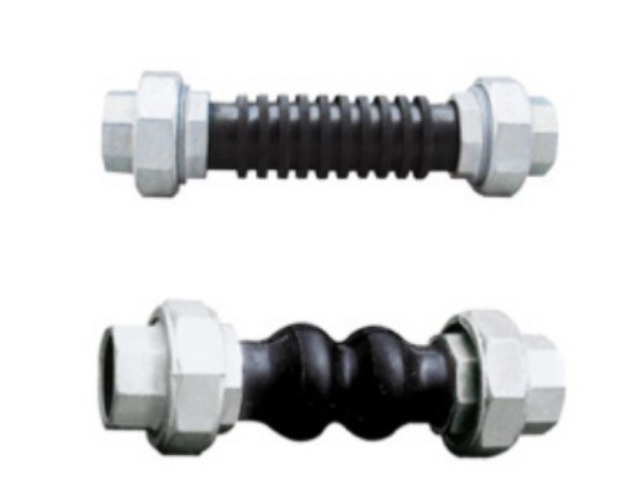check valve stainless steel
Understanding Stainless Steel Check Valves
In industrial applications, ensuring the proper flow of fluids is crucial for maintaining operational efficiency. One vital component in this realm is the check valve, specifically those made from stainless steel. Check valves, also known as non-return valves, play a critical role in allowing fluid to flow in one direction while preventing backflow. This article delves into the significance of stainless steel check valves, their applications, advantages, and maintenance considerations.
What is a Check Valve?
A check valve is a mechanical device that permits fluid to flow through it in one direction while completely preventing any flow in the opposite direction. This is achieved through a simple mechanism involving a disc or a ball that moves freely within the valve body. When the fluid flows in the correct direction, the disc or ball opens; when the flow attempts to reverse, the pressure causes the disc or ball to seat against the valve body, preventing backflow.
The Role of Stainless Steel in Check Valves
Stainless steel is a popular material choice for check valves due to its inherent properties. It offers excellent corrosion resistance, making it ideal for applications involving aggressive fluids or harsh environments. Additionally, stainless steel has high durability and strength, which allows these check valves to withstand high-pressure applications.
Applications of Stainless Steel Check Valves
Stainless steel check valves are widely used across various industries, including
check valve stainless steel

1. Water Treatment Plants They prevent backflow in pipelines, ensuring that treated water flows in the right direction. 2. Food and Beverage Processing Stainless steel's non-corrosive nature makes it suitable for applications involving food-grade systems. 3. Chemical Processing In this industry, check valves help manage the flow of corrosive chemicals while maintaining system integrity. 4. Oil and Gas They are essential in preventing backflow in pipelines that transport oil and gas.
Advantages
The use of stainless steel check valves offers several advantages
- Durability Stainless steel check valves are designed to last, reducing the frequency of replacements and maintenance. - Corrosion Resistance They can handle harsh environments and aggressive fluids, making them versatile for various applications. - Temperature Tolerance Stainless steel can withstand extreme temperatures, which is crucial in many industrial processes. - Low Maintenance Their robust design typically requires less maintenance compared to valves made from other materials.
Maintenance Considerations
While stainless steel check valves are low maintenance, it is essential to conduct regular inspections to ensure they are functioning correctly. Common maintenance practices include checking for leaks, ensuring that the valve operates smoothly without sticking, and verifying that the seals and gaskets are in good condition. Regular maintenance can prevent costly downtimes and extend the lifespan of the equipment.
Conclusion
Stainless steel check valves are indispensable components in ensuring efficient and safe fluid management across various industries. Their durability, corrosion resistance, and ability to perform under challenging conditions make them a preferred choice in many applications. By understanding their function and maintenance needs, industries can enhance their operations and prevent backflow effectively. Investing in high-quality stainless steel check valves can lead to improved system performance and reliability, ultimately contributing to the success of industrial processes.
-
The Key to Fluid Control: Exploring the Advantages of Ball Valves in Industrial SystemsNewsJul.09,2025
-
The Versatile World of 1, 2, and 3 Piece Ball ValvesNewsJul.09,2025
-
Stainless Steel Ball Valves: The Ideal Choice for Efficient Flow ControlNewsJul.09,2025
-
Optimizing Fluid Control with Ball Float ValvesNewsJul.09,2025
-
Manual Gate Valves: Essential for Control and EfficiencyNewsJul.09,2025
-
Everything You Need to Know About Butterfly ValvesNewsJul.09,2025
-
The Versatility of Wafer Type Butterfly ValvesNewsJul.08,2025




